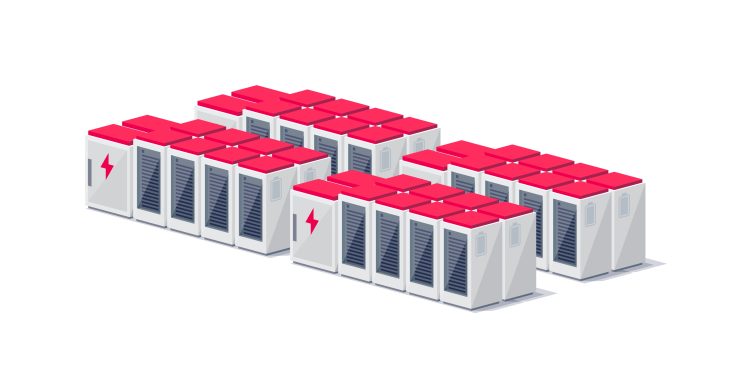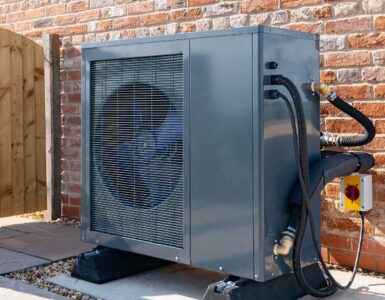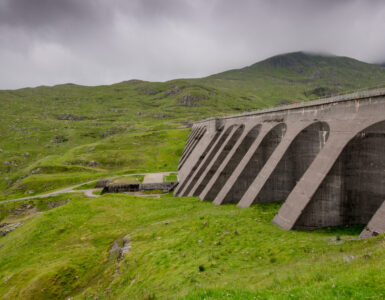One of the biggest energy issues we face is storing energy efficiently.
Normally, energy can be stored in its original (primary) form, for example oil and gas, before we turn it into another (secondary) form of energy, such as electricity.
But how do we store wind or solar energy? Well we can’t store them in their natural forms, but we can transform one type of energy into another, to keep until needed.
PUMPED HYDRO STORAGE
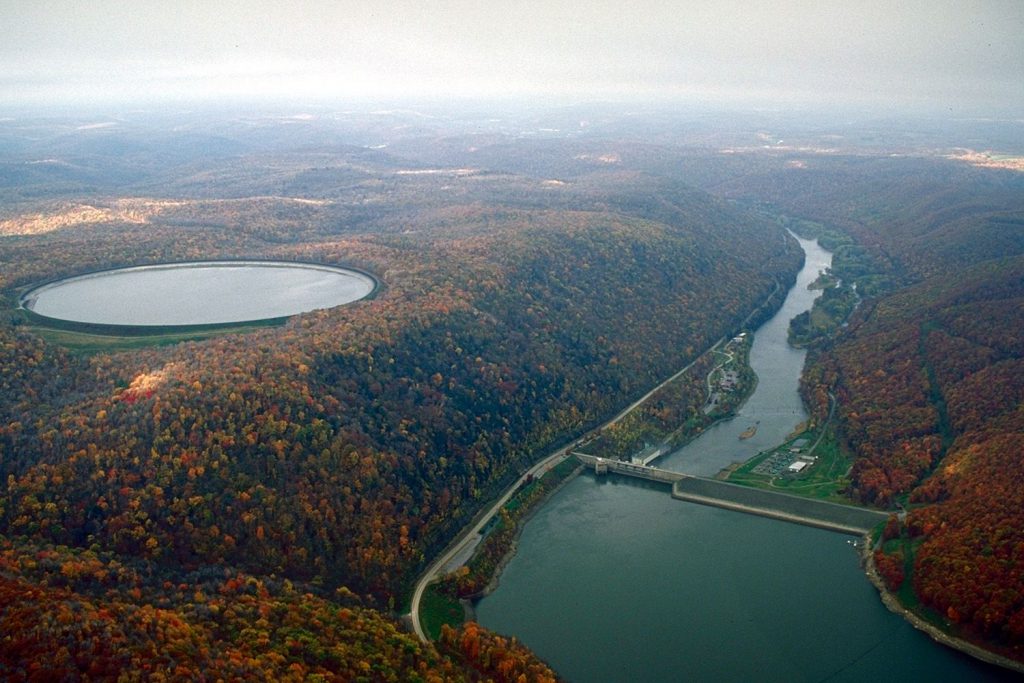
This method of storing energy is by far the most common type of solution, making up 99% of global energy storage.
Pumped hydro storage (PHS) allows a large amount of stored energy to be accessed almost straight away when needed, and can last for several hours.
Problems with PHS include finding suitable sites, where there is a large enough height difference between the river and the reservoir.
FLYWHEEL STORAGE
Flywheels store kinetic energy that can later drive a generator to provide electricity instantly. They are well suited for short, sharp bursts of electricity, such as covering the few minutes of a blackout until the main power source is back up and running.
Flywheels can also store and release energy in vehicles, including Formula One racing cars. Energy is recovered whenever the vehicle breaks, making a flywheel spin. The stored energy is then used to help the vehicle accelerate later, reducing the car’s overall energy consumption.
The short animated video below demonstrates how flywheel storage works.
The infographic below illustrates how flywheel storage works.
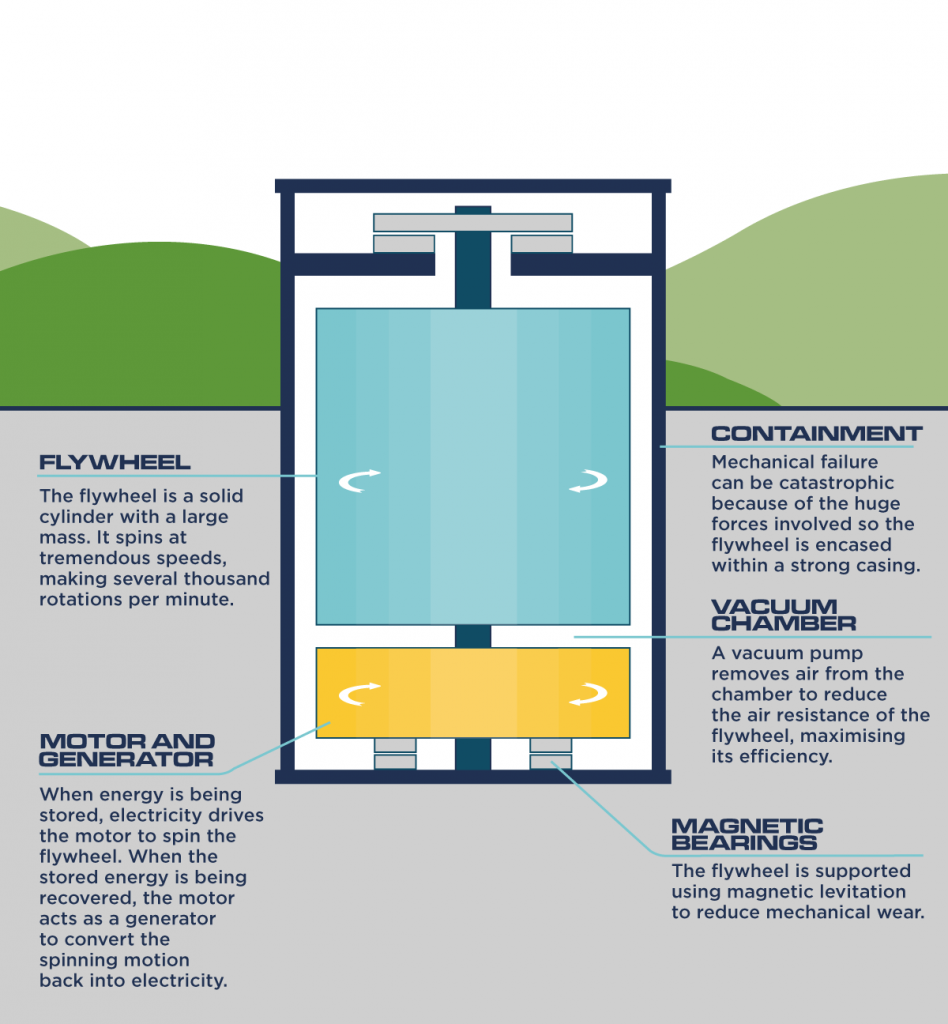
(Click to open full-size image for us in the classroom.)
HYDROGEN STORAGE
Electricity can separate water into hydrogen and oxygen, in effect turning electrical energy into chemical energy. This is carried out using electrolysis.
The hydrogen produced is one way of storing excess electricity, being stored underground in empty oil and gas caverns or salt domes. It can also be used as an alternative fuel source for transport and heating as well as feedstock for the chemical industry.
Hydrogen can be mixed with carbon dioxide to produce methane and water. The methane is stored and used to produce electricity, while the water can be recycled for use elsewhere.
Methane can be passed through gas turbines, used in compressed gas vehicles or for heating.
The video animation below shows how hydrogen storage works.
The infographic below illustrates how hydrogen storage works.
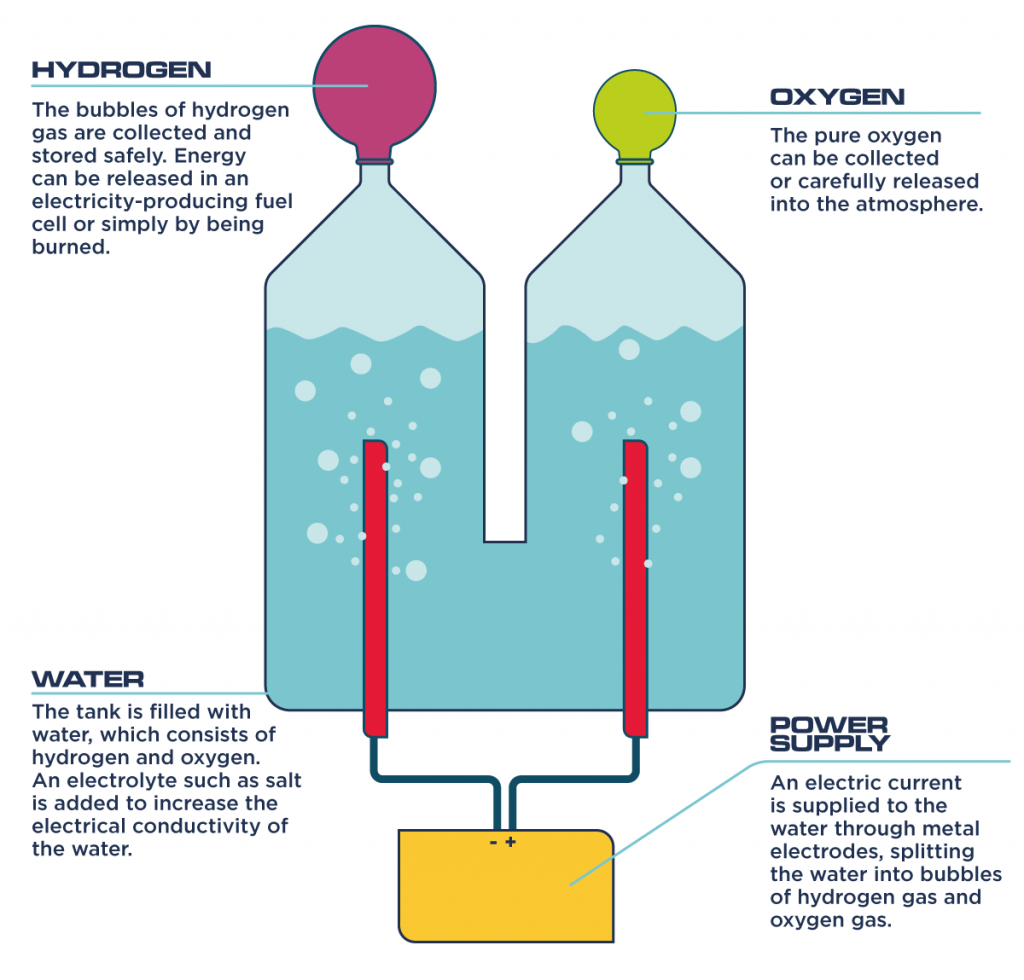
(Click to open full-size infographic for use in classroom.)
COMPRESSED AIR STORAGE
When air is compressed it is given potential energy, which can be recovered to drive a turbine and generator to produce electricity.
Compressed air could also help reduce the overall energy consumption of cars by recovering energy otherwise lost when changing speed.
During the compression process, heat is produced. To expand the air again, the air needs to be heated. So surely it makes sense that we can store the heat produced in the compression of the air, as the same heat needed to expand the air, making the whole process very efficient.
The animated video below shows how compressed air storage works.
The infographic below outlines how compressed air storage works.
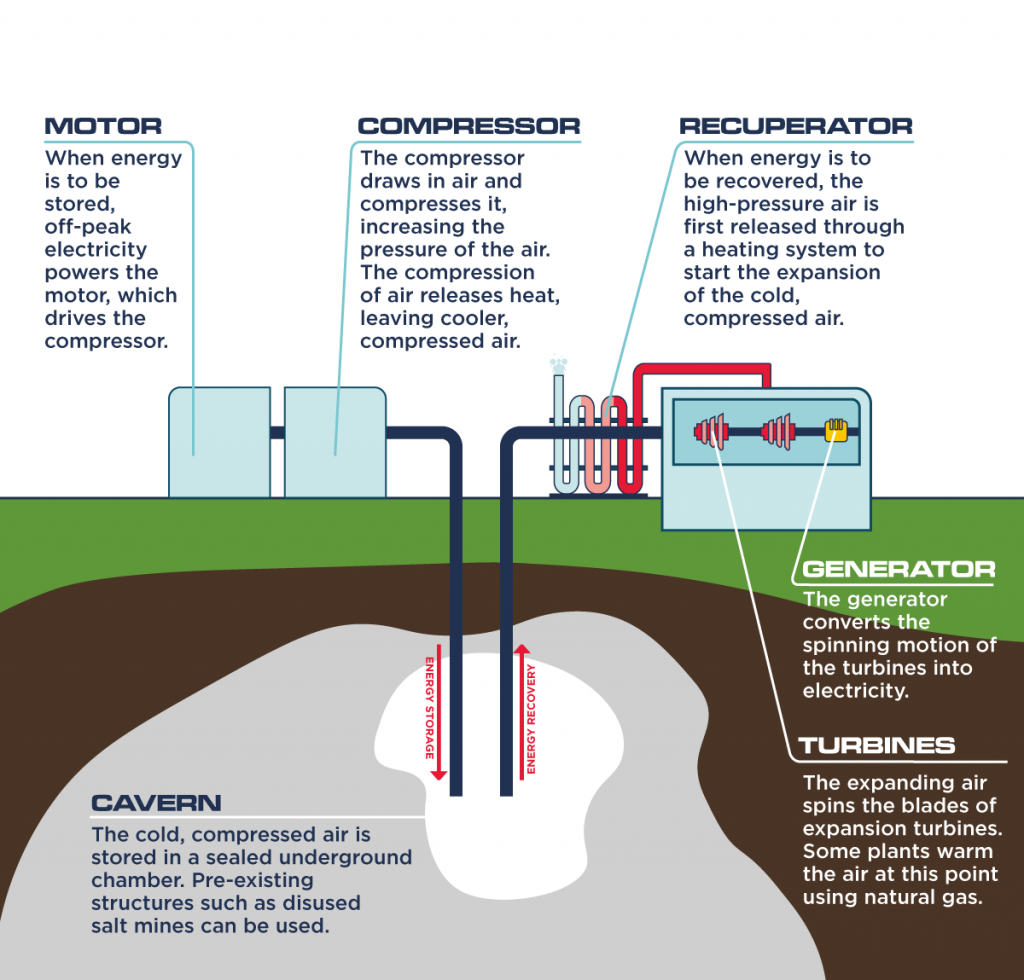
(Click to view full-size infographic in new tab.)
THERMAL STORAGE
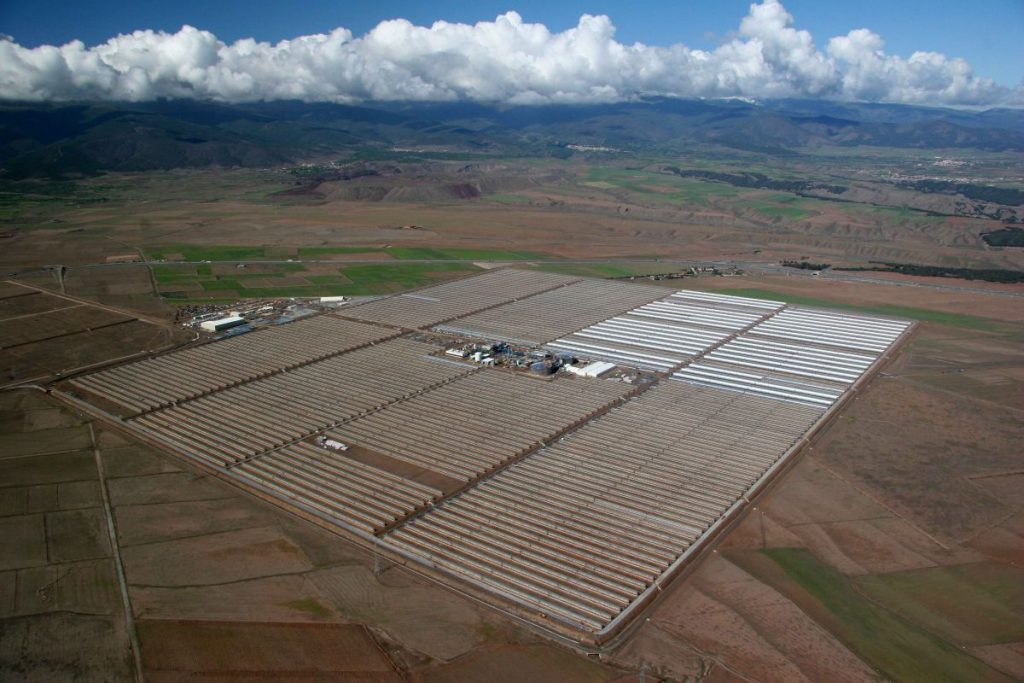
Energy often produces heat or cold when transformed from one form to another; we can store this heat energy until a time when it is needed.
One example of thermal storage is the Andasol Storage Plant, Spain.
During the day, this power plant uses mirrors angled towards the sun to reflect light onto tubes filled with oil. The oil produces steam to turn turbines, therefore generating electricity.
However, this system also stores heat energy so that electricity can also be generated at night, when the sun is down. The plant harnesses twice as much energy as it needs during the day, so to not waste this extra energy, the excess heat energy of the oil is transferred to tanks filled with salt, where it stays till needed!



